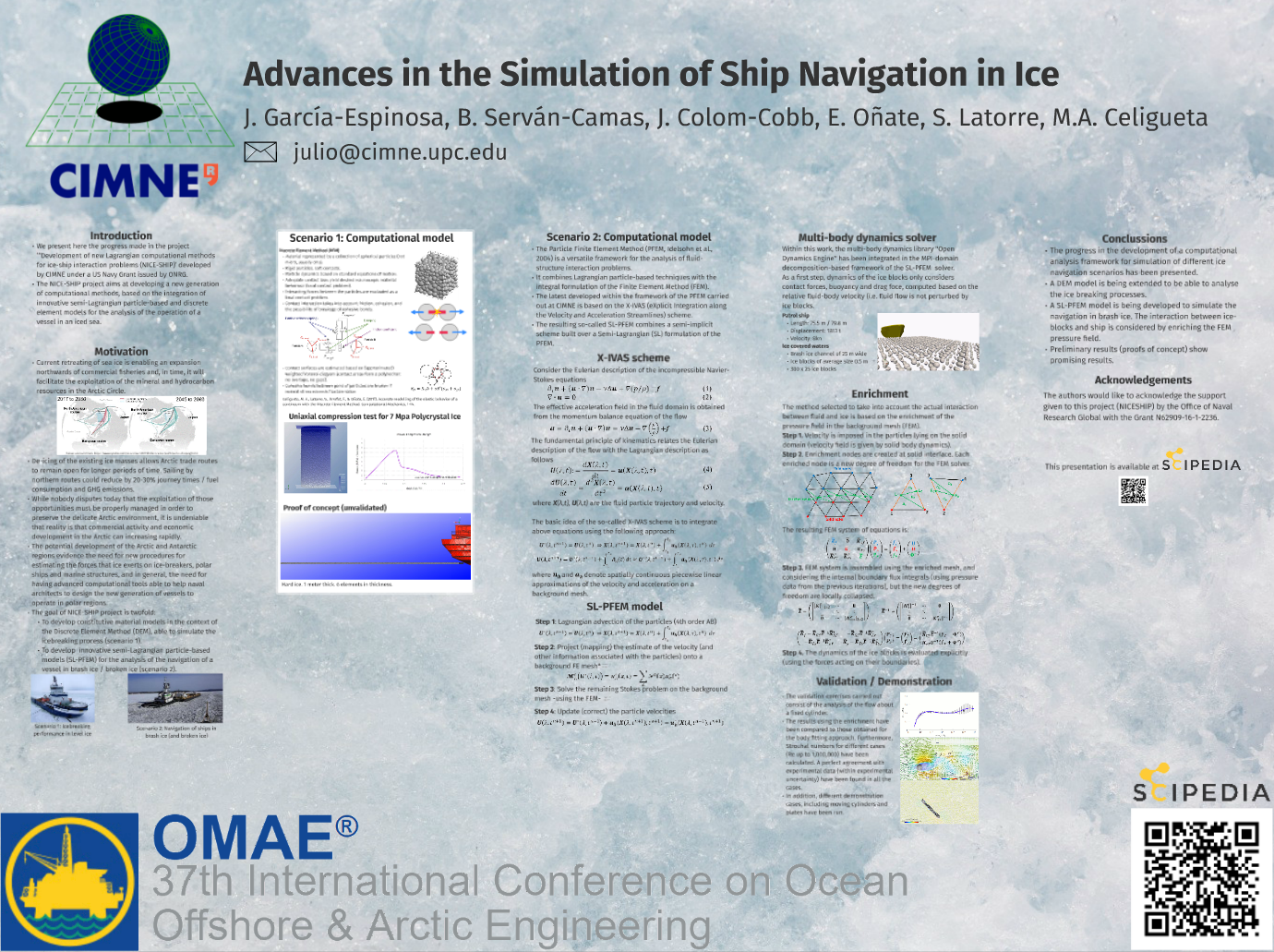m (Julio moved page Draft Garcia-Espinosa 669105798 to Garcia-Espinosa et al 2018a) |
|
(No difference)
| |
Revision as of 23:18, 18 June 2018
Abstract
Your document should start with a concise and informative title. Titles are often used in information-retrieval systems. Avoid abbreviations and formulae where possible. Capitalize the first word of the title.
Provide a maximum of 6 keywords, and avoiding general and plural terms and multiple concepts (avoid, for example, 'and', 'of'). Be sparing with abbreviations: only abbreviations firmly established in the field should be used. These keywords will be used for indexing purposes.
An abstract is required for every document; it should succinctly summarize the reason for the work, the main findings, and the conclusions of the study. Abstract is often presented separately from the article, so it must be able to stand alone. For this reason, references and hyperlinks should be avoided. If references are essential, then cite the author(s) and year(s). Also, non-standard or uncommon abbreviations should be avoided, but if essential they must be defined at their first mention in the abstract itself.
Presentation
This presentation was held at the ASME 2018 37th International Conference on Ocean, Offshore and Arctic Engineering (OMAE) in Madrid on June 19th, 2018.
References
[1] Kelly S. Carney, David J. Benson, Paul DuBois, Ryan Lee, A phenomenological high strain rate model with failure for ice. International Journal of Solids and Structures 43 (2006) 7820–7839
[2] Trisha Sain , R. Narasimhan, Constitutive modeling of ice in the high strain rate regime. International Journal of Solids and Structures 48 (2011) 817–827
[3] A Combescure , Y. Chuzel-Marmot , J. Fabis, Experimental study of high-velocity impact and fracture of ice, International Journal of Solids and Structures 48 (2011) 2779–2790
[4] Mostafa Shazly, Vikas Prakash, Bradley A. Lerch. High strain-rate behavior of ice under uniaxial compression. International Journal of Solids and Structures 46 (2009) 1499–1515
[5] H. L. Schreyer,D. L. Sulsky, L. B. Munday,1 M. D. Coon,3 and R. Kwok. Elastic-decohesive constitutive model for sea ice. Journal of Geophysical Research, Vol. 111, C11S26, doi:10.1029/2005JC003334, 2006
[6] J Heinonen, Constitutive modelling of ice rubble in first year ridge keel, Doctor of Technology Dissertation. Univ of Helsinki, 2004
[7] Becker, P. A. (2015). An enhanced Particle Finite Element Method with special emphasis on landslides and debris flows. Ph.D. Thesis, Univ. Politécnica de Cataluña, Barcelona, Spain
[8] Idelsohn, S.R., Oñate, E. Marti, J. and Limache, A. Unified Lagrangian formulation for elastic solids and incompressible fluids: Application to fluid–structure interaction problems via the PFEM Comp. Meth. App. Mech. and Eng. 197, 1762–1776 (2008)
[9] P Nadukandi, B Servan-Camas, PA Becker, J Garcia-Espinosa, Seakeeping with the semi-Lagrangian particle finite element method. Computational Particle Mechanics 4 (3), 321-329
Document information
Published on 01/01/2018
Licence: CC BY-NC-SA license
Share this document
Keywords
claim authorship
Are you one of the authors of this document?
